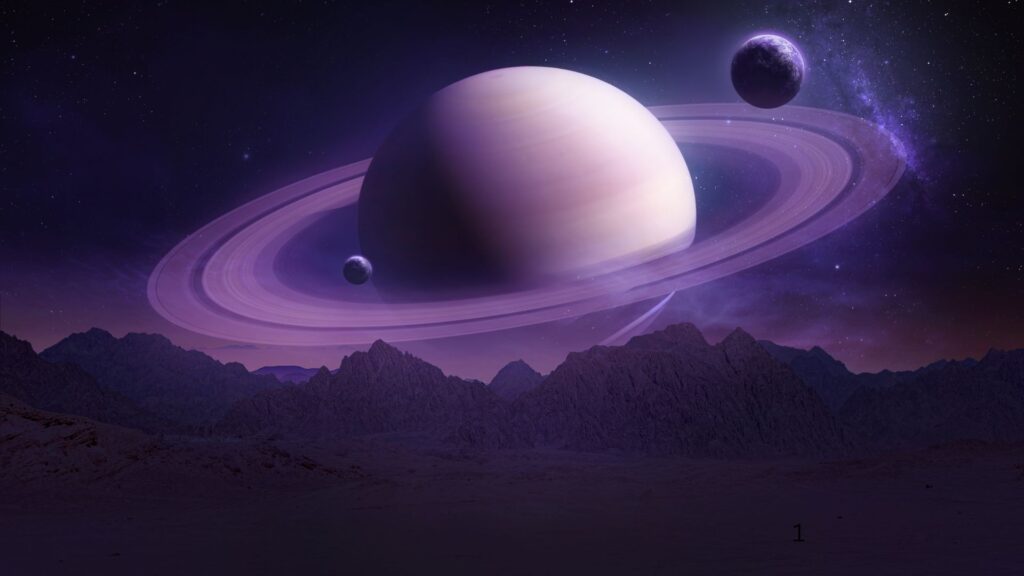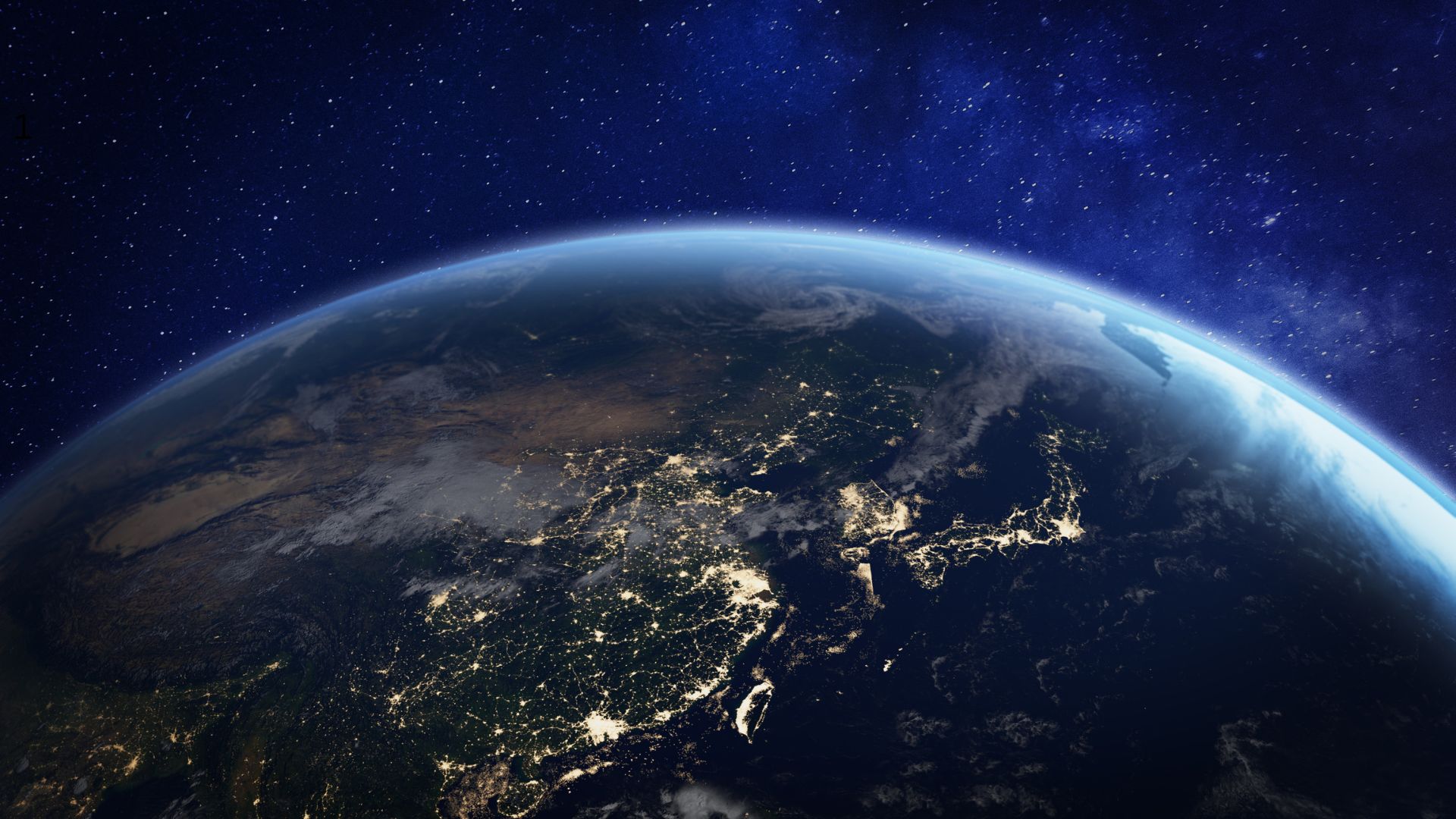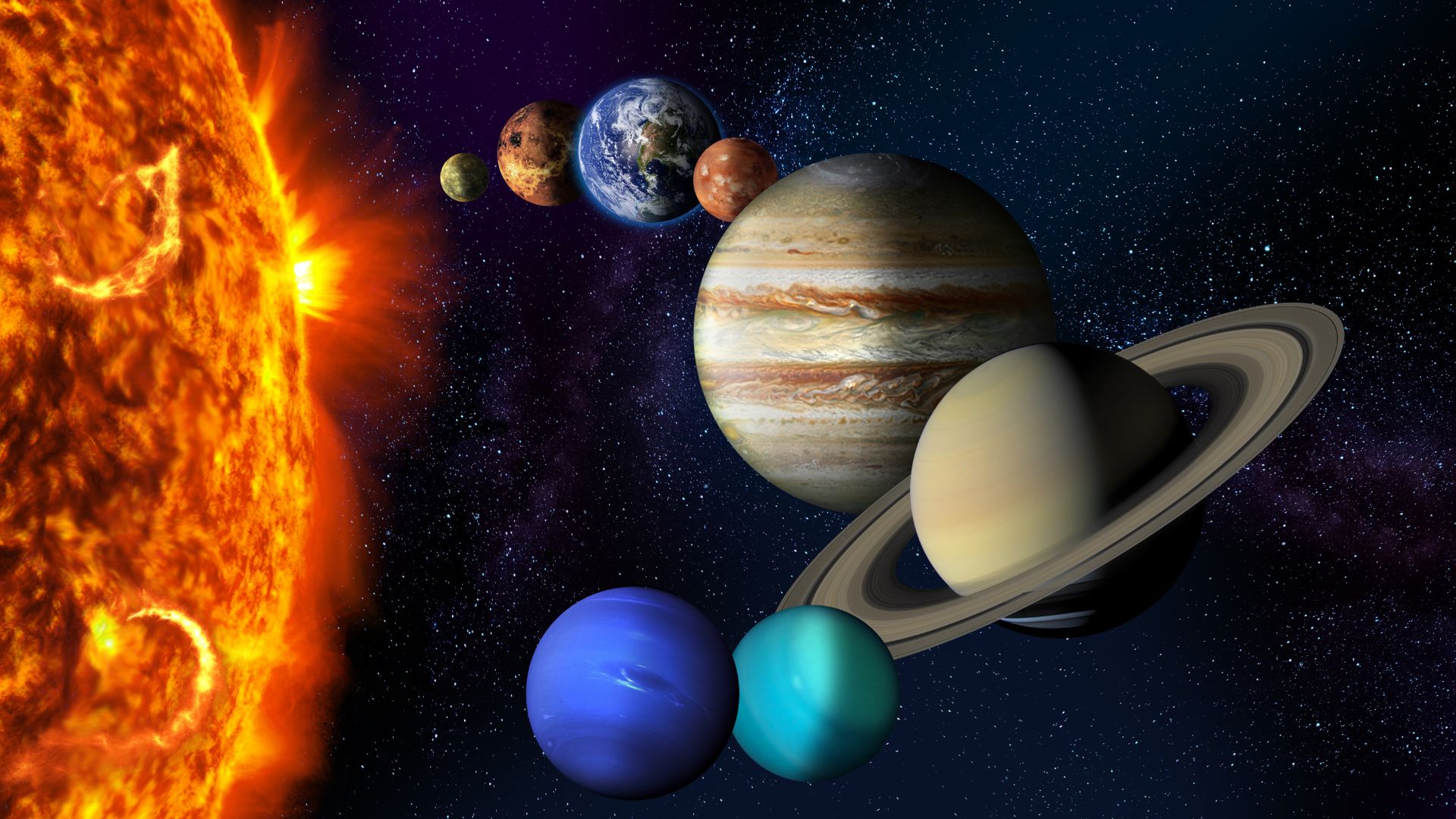
Have you ever looked up at pictures of Saturn and seen its big, bright rings? They look like giant hoops made of glittering ice and rock spinning around the planet. Now imagine if Earth had rings like that too. Just think about looking up at the sky and seeing huge bands stretching across the heavens, glowing softly even at night. That would be one of the most amazing sights anyone could ever see! But what would it really be like if Earth had rings like Saturn? Let’s explore this fun idea together in a simple and magical way, while still learning the science behind it.
Saturn’s rings are mostly made of ice and dust, and they are very wide but not very thick. If Earth had rings like those, they would probably be made of the same stuff—tiny pieces of rock and ice floating in space. The rings would circle around Earth’s middle, or equator, just like they do around Saturn. They would be so big that we could see them from many places on Earth, even during the day, like a glowing arc across the sky. In cities near the equator, the rings would stretch high above our heads in a perfect line. But if you lived farther north or south, like in Canada or Australia, you might only see parts of the rings curving low in the sky, like a rainbow made of stardust.
The rings wouldn’t just be pretty to look at—they would change a lot of things about life on Earth. For one thing, they would block some sunlight during the day, depending on where the Sun is in the sky. That means some places might be a little cooler or a bit dimmer at certain times. At night, the rings would shine brightly by reflecting sunlight and moonlight, almost like a second moon. That might make it harder to see stars in the night sky, but the view would still be beautiful. The rings might even change colors slightly depending on the angle of the light and the type of ice or rock in them.
Now, you might wonder—why doesn’t Earth already have rings? That’s a great question. Scientists believe that rings can form when a moon gets too close to a planet and breaks apart. This can happen because of something called gravity, which is the invisible pull between objects. If a moon gets too close, the planet’s gravity can tear it into pieces, and those pieces might stay in orbit as a ring. It’s possible that Earth had rings a long time ago, maybe billions of years ago, after a giant asteroid hit our planet and broke off a chunk of rock. But over time, that ring might have come together to form our Moon, which is why we have just one big moon today instead of rings.
If Earth somehow had rings now, they might affect our satellites too. Satellites are machines we send into space to help us talk on the phone, watch TV, look at weather, and explore the universe. If there were rings around Earth, those satellites would have to fly very carefully to avoid crashing into the icy ring particles. Scientists would have to design new paths for them to travel safely, like weaving through a forest made of sparkles. Space stations like the International Space Station might also need to be placed above or below the rings to stay out of danger.
There’s another fun thing to think about: how the rings would affect our traditions. Imagine seeing the rings in holiday photos, wedding pictures, or during sports games under the open sky. Artists would paint them, poets would write about them, and children would dream about touching them. In some cultures, the rings might become symbols of peace, beauty, or even magical stories about the sky. People might even invent special telescopes just to look at them in more detail from their homes.
But as beautiful as they sound, rings might also bring problems. Pieces of rock from the rings could sometimes fall toward Earth like meteors, creating fireballs in the sky. Most of them would burn up before hitting the ground, but a few could be dangerous. We would need to watch the sky carefully, like we do today with space debris. Also, rings could mess with Earth’s weather just a little, by changing how much sunlight reaches certain places. This might not be a big problem, but it’s something scientists would need to understand.
So even though Earth doesn’t have rings like Saturn, thinking about what it would be like is fun and helps us learn more about space and science. We can imagine the glowing bands in the sky, the shimmering lights at night, and the quiet whisper of icy dust floating high above. It’s a beautiful dream, and it shows just how amazing our universe really is. Earth may not have rings, but it has something else that’s special—us, wondering and learning and always looking up.



Leave a Comment